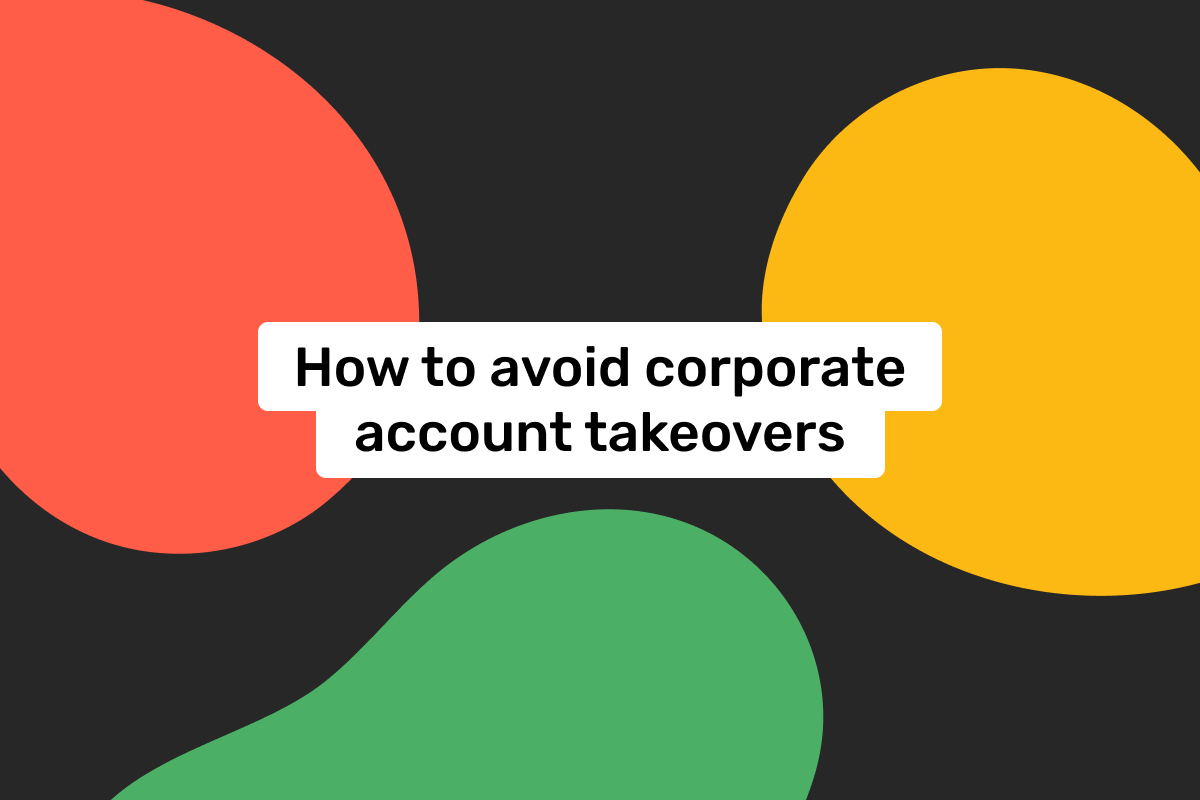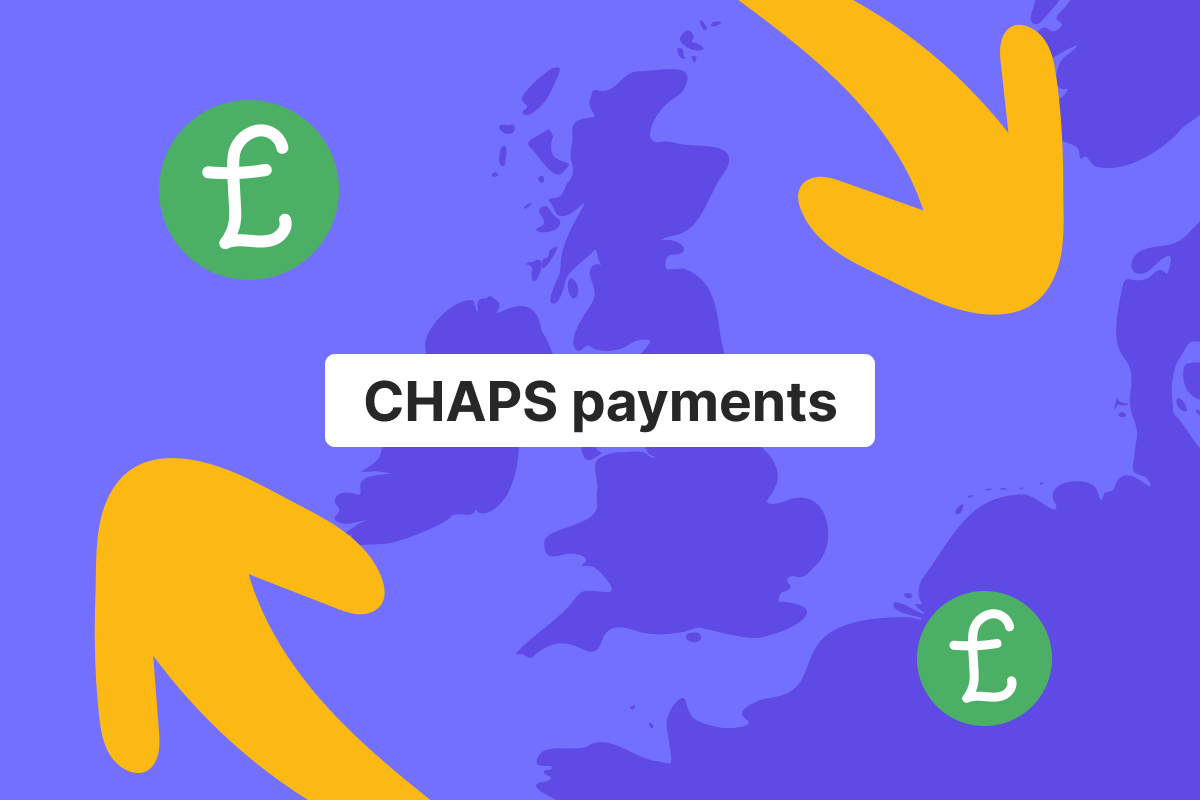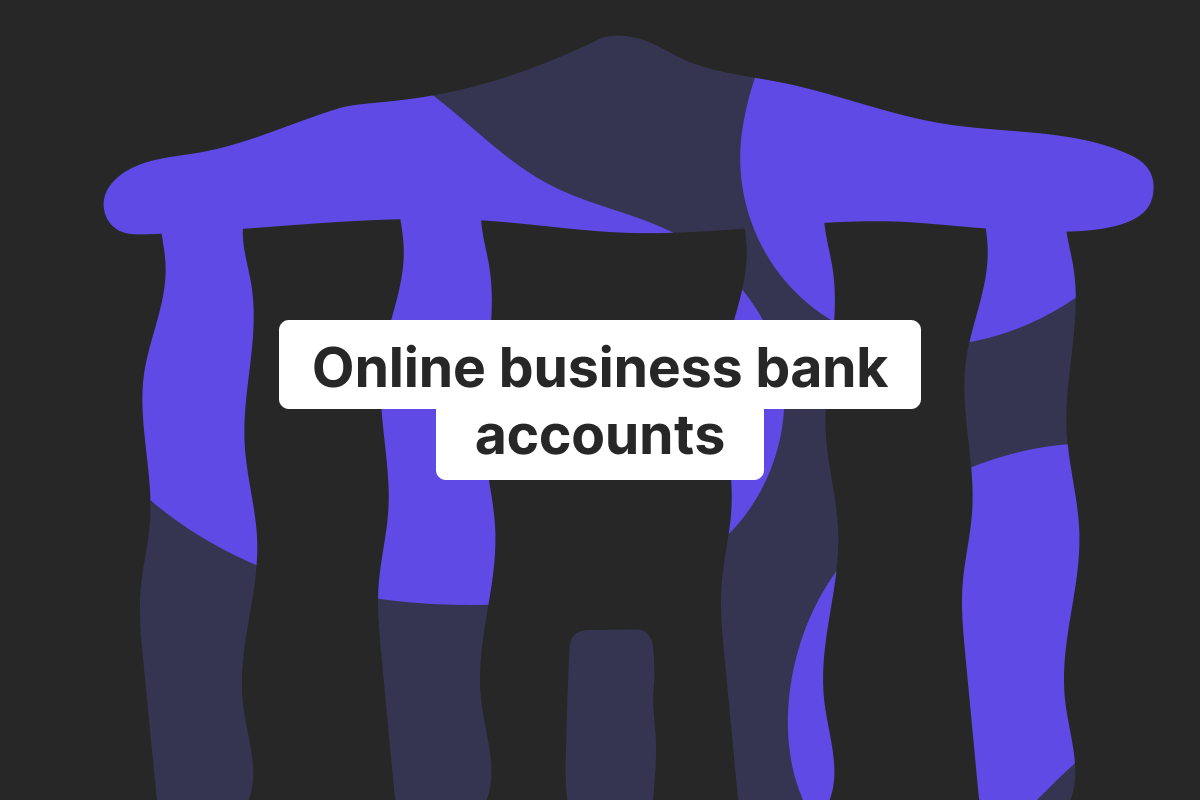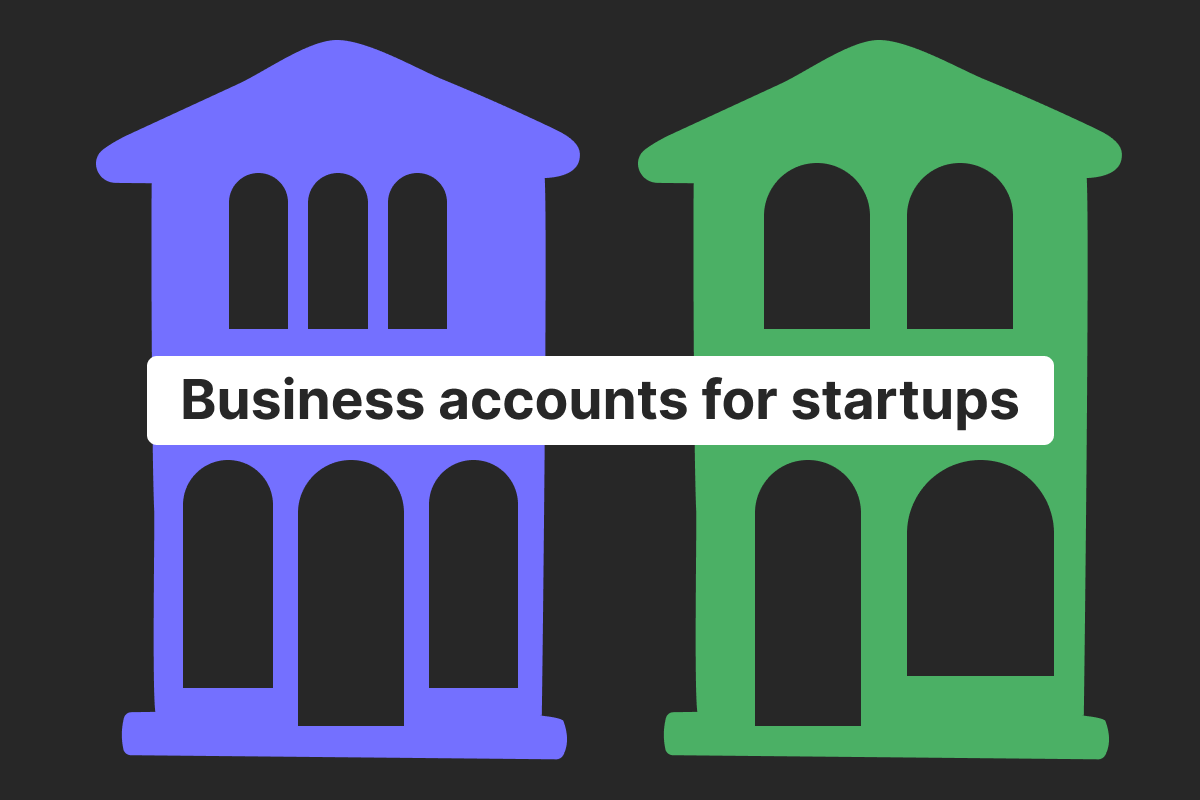Genome Blog / articles / Account takeover: how it happens and how to prevent it
May. 12, 2023
The article was updated on 17.10.2024
Account takeover fraud is on the rise nowadays. For instance, in 2023, there was a tremendous amount of cyberattack cases – over 353 million people became victims of data breaches in the US alone.
Hackers gain unauthorized access to personal accounts through phishing, credential stuffing, or sensitive data breaches, leading to significant financial losses. But how can you prevent ATO attacks and better protect yourself? Read Genome’s team’s advice to find out how to protect yourself from ATO attacks and what the best security measures are!
What is an account takeover (ATO)?
Account takeover (ATO) is a form of digital theft – criminals gain unauthorized access to user accounts that contain money or sensitive information and steal these to use for their financial gain.
ATO attacks can be done in many ways, but the most common are exploiting weak security measures, stolen passwords/user’s credentials, and social engineering tactics.
Last year, there was an enormous rise in ATO attacks on user accounts. It showed a
72% increase in data breach incidents in the US compared to 2021 when the all-time record was reached. The situation is so serious that the total cost of damages incurred by cybercrime is expected to reach $10,5 trillion by 2025.
ATO attacks impact various sectors. You can even argue that it affects anything that is shared on the internet, with financial transactions and sensitive information being a priority to criminals.
For instance, cybercriminals use compromised accounts to make fraudulent purchases or steal stored payment details. According to Mastercard, North America has the highest fraudulent transaction value globally, accounting for over 42% of all ecommerce fraud. Europe is not lagging behind, as ecommerce-related risks are also statistically very high there.
Banks, payment apps, and credit platforms are prime targets for fraud, allowing attackers to siphon funds or open credit lines. If you think that only the US and Europe may struggle with account takeover fraud, take a look at India, where more than half of digital banking frauds detected were account takeover schemes.
There are many other cases of cyberattacks in various industries, and what they share in common is that they are digital. Nowadays, any digital-based company is a potential target for fraud and ATO attacks.
How does account takeover work?
Unfortunately, scammers find many ways to utilize their account takeover techniques and get their hands on personal details and sensitive data. These are only some of the most common ones:
Credential theft
Criminals access login credentials and account details through various methods, such as:
- Phishing: Phishing attacks involve fraudulent emails or fake websites that trick users into revealing their usernames, passwords, or credit card details. They also use malicious software installed on the user’s device by mistake to steal this information.
- Brute Force Attacks: Automated tools try multiple combinations of usernames and passwords until the correct credentials are found.
- Social Engineering: Attackers manipulate individuals into divulging sensitive information through deception or manipulation, like identity theft.
The statistics revealed that 79% of account takeover attacks among organizations surveyed started with phishing. Once credentials are obtained, hackers can log in to accounts undetected and start doing what they want to do.
Session hijacking
During these ATO attacks, fraudsters exploit active user sessions by stealing session cookies, which store login information. Once in possession of these cookies, hackers can impersonate the user and access their account without needing login credentials. This often happens via unsecured networks or through malware.
Man-in-the-middle attacks
This approach is more difficult and involves intercepting the data transmission between a user and a website or service. Criminals eavesdrop on or alter communications, gaining access to sensitive login information. For example, ATO attacks can happen via unsecured public Wi-Fi networks or through compromised devices, allowing hackers to take over the user’s account in real time.
Common signs of account takeover fraud
When using the internet for any sort of service – from sending corporate emails to browsing social media – you need to be careful. These are some of the signs your accounts might’ve fallen victim to an account takeover.
- Unusual login locations or devices. Logins from unfamiliar IP addresses, geographic locations, or unrecognized devices may indicate unauthorized access and potential ATO attacks.
- Unauthorized transactions or changes inside your bank account. Unexpected withdrawals, purchases, or alterations to your account information (like passwords or security settings) and other suspicious behavior often signal account takeover.
- Email or password reset requests you didn’t initiate. Receiving unexpected emails for resetting passwords or notifications of changes to your account without action on your part suggests someone may be trying to gain access to your account.
Impact of account takeover on individuals and businesses
The consequences may be dreadful, especially for companies. Besides money loss, businesses may face intellectual property theft, which can be far more valuable than an extra penny on a deposit. Moreover, operational disruption and reputational damage are factors that may be non-calculated but very impactful. For example, the average cost of data breaches that occur in the United States is $9.36 million per incident.
Another thing is regulations: companies may face legal penalties if account takeovers result in violations of data protection laws like the GDPR or PCI DSS. Failure to secure customer data can lead to lawsuits, class action suits, and regulatory investigations.
For individual victims, it is mostly financial losses. According to research, the median loss for account takeover victims is $180. In some cases, account takeover fraud can expose individuals’ sensitive information like debts, credit histories, or private life information.
So, in summary, the impacts are many, as an ATO attack is a formidable threat:
- Financial losses. Account takeover can lead to direct financial losses through fraudulent transactions, the siphoning of funds, or misuse of stored payment information.
- Reputation damage. For businesses, account takeovers erode customer trust, resulting in lost business connections, negative reviews, and harm to the brand’s credibility.
- Legal and regulatory consequences. Account takeovers may violate data protection laws, leading to legal penalties, regulatory scrutiny, and potential fines.
Top methods to prevent account takeover attacks
Implementing the following methods is essential to significantly reduce the risks and follow the rules of account takeover fraud prevention for both individual and organizational security.
Strong password policies
Over 60% of people and companies have a very big password problem: up to 65% of people use identical passwords for various accounts, and more than 50% of workers like to use the same password for all work-related accounts. The problem is worldwide. By the way, poor passwords are the reason for almost 81% of company data breaches, according to one study.
- Use complex passwords that include a mix of characters, numbers, and symbols. It makes it harder for hackers to guess it and access accounts. Don’t use the same username and password for different accounts – this will help prevent credential-stuffing attacks where stolen credentials from one service are reused across others.
- Look into password manager apps: storing complex passwords can be difficult, but password managers securely generate and store strong, unique passwords for each account, reducing the likelihood of weak or reused passwords being compromised.
- Changing passwords from time to time is important: do so every 3-4 months.
Multi-factor authentication (MFA)
Also known as two-factor authentication (2FA), this is a new standard for both companies and folks:
- An extra layer of security. MFA requires users to provide two or more verification factors (such as a password and a one-time code sent to a mobile device, biometric data authentication, etc.) to protect legitimate user accounts. Even if criminals get a hold of user credentials, they can’t access the account without the second factor.
- Essential for protecting sensitive accounts. MFA is critical for high-risk accounts, like financial or business accounts, where a single breach can have severe consequences. The good news is that multiple sites use MFA nowadays to prevent ATO attacks.
Behavioral analytics and monitoring
It is about automated programs that financial institutions and other security-related services use to protect data, catch advanced email threats, or detect ATO attacks.
This is how it works:
- Detecting unusual behavior patterns. Monitoring systems that flag deviations from normal behavior — such as login attempts from unusual locations, abnormal transaction amounts, or changes in account settings. They detect and mitigate potential account takeover attempts before significant damage occurs.
- Tools for analysis. Some advanced tools use machine learning or AI to track login locations, device types, and transaction histories to identify suspicious activity, allowing security teams to respond quickly to prevent fraud.
Regular account security audits
Sometimes, you need to stop and take a closer look to spot something that is missing. Or rather, that something is wrong and there might have been an account compromise.
- Reviewing account activity. Periodically reviewing account activity helps identify any unauthorized actions, such as unusual login attempts, password changes, or transactions. Also, enable notifications and trigger alerts for your financial accounts to learn about unauthorized logins or other actions.
- Scheduled security audits: For businesses, regular security audits can detect vulnerabilities early and ensure compliance with regulatory requirements, reducing the risk of a breach and data theft.
User education and awareness
Education and awareness, in general, are important but may be extra vital when it comes to account takeover protection, as human error often plays a significant role in security breaches.
- Spotting phishing attempts. Phishing remains one of the most common methods of credential theft, as it can be performed via multiple channels: emails, messengers, social media, phone calls, etc. Check the news about the latest scams and “phishing campaigns” and follow the rules we described above: don’t open suspicious emails, and change passwords regularly.
- Cybersecurity hygiene. Embrace the best practices, such as not reusing passwords, not opening suspicious emails, and reporting potential data theft and suspicious activity to prevent ATO attacks. Cybersecurity awareness inside your IT department and among employees really minimizes human error, one of the main gateways to account takeover (ATO).
Best practices for recovery after a user account takeover attack
Unfortunately, not all takeover attacks and data theft can be prevented. But, the issues are not over yet, as you need to handle the recovery process.
- Secure the compromised account. The first thing you need to do is change your password – make it complicated and unique for this specific account. After that, look into other tools that can better protect your data, like enabling two-factor authentication.
- Contact the authorities/service providers. Notify the support team of the website/provider that you are using and notify them about the breach. You should also report the incident to relevant authorities, such as local law enforcement or a cybersecurity agency, to help prevent further exploitation of your data.
- Notify customers. If a breach happens to your company, you must notify clients whose data or customer accounts have been affected. Provide guidance to clients on how they can safeguard their data and their future steps.
If you are looking for a way to protect your financial accounts and minimize the possibility of financial fraud, you need to partner with reliable financial institutions like Genome. We are licensed and supervised by the Bank of Lithuania and comply with PCI DSS and PSD2. All logins and confirmation operations are protected by two-factor authentication with instant notifications about your operations.
On our platform, you can securely start multiple accounts in EUR, USD, GBP, PLN, CHF, JPY, or CAD, transfer money using SEPA and international transfers, and issue virtual and physical Visa cards for shopping and corporate expenses.
Conclusion: safeguarding against account takeover
The account takeover attack can bear devastating consequences for both people and companies, including money loss and significant reputational damage. By implementing strong security practices such as multi-factor authentication, regular password updates, and proactive monitoring, you can significantly reduce the vulnerability of user accounts to these attacks and further data/identity theft.
Account takeover FAQs
How do hackers steal login credentials?
There are a couple of ways criminals can access a user’s account credentials, mainly phishing, keylogging, and brute-force attacks. Phishing involves tricking users into revealing their details while keyloggers record keystrokes. In brute-force attacks, hackers repeatedly try password combinations and use credential stuffing until they gain access.
Can two-factor authentication prevent account takeover?
Yes, two-factor authentication is a very good option for safeguarding your accounts and overall account takeover prevention. It enables additional verifications, making it far harder for fraudsters to access the account.
What should I do if my account is compromised?
When dealing with compromised accounts, you need to lock your account and change the password as soon as possible. After that, contact the support team of the website you use and follow further instructions. Enable multi-factor authentication to avoid future takeovers for this and all your other accounts.
Is account takeover common in small businesses?
Yes, a small business can have an account takeover happen to it, as such companies often have fewer resources for cybersecurity. It is why you have to take care of your company’s data safety – it is better to invest in it than lose funds, intellectual property, and reputation.
How do I know if I’ve been targeted for an account takeover?
You need to keep an eye on any changes in your personal information, as well as check your balance for suspicious payments. You may also start receiving unexpected login attempts or password reset emails.





